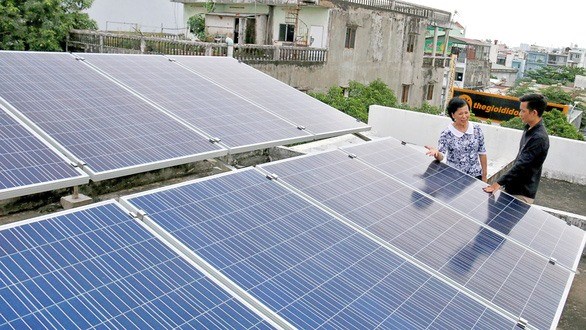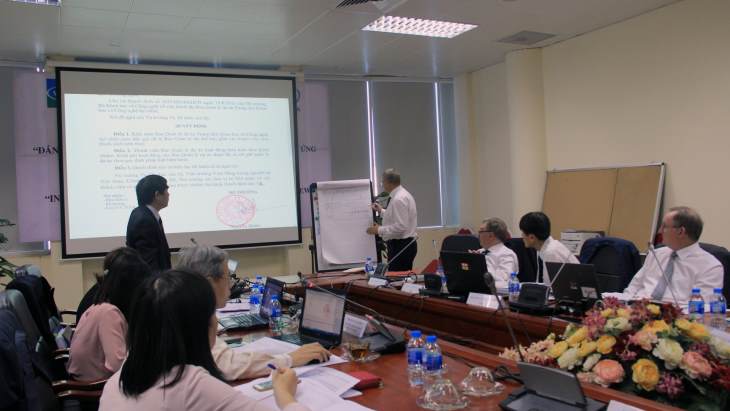The whole of Singapore will be covered by May 1.
Referring to the take-up rate of 30 per cent, Professor Subodh Gautam Mhaisalkar of Nanyang Technological University (NTU) said such a take-up rate is a good sign.
“This is a great opportunity for consumers to have a choice of retailers and to reduce their electricity bills,” said Prof Subodh, who is executive director of the Energy Research Institute at NTU.
“We expect significant subscription especially with the younger tech-savvy generation who are used to such concepts in the telecoms and other online subscriptions. The added bonus is that they can select bundled services that could give them additional benefits and savings,” he added.
An EMA spokesman said: “Since the soft launch of the Open Electricity Market in Jurong in April 2018, about 30 per cent of consumers there have switched to buying electricity from a retailer.
“We are seeing similar numbers of consumers in Zone 1 switching in the first two months and also expect to see the same trend in other zones as well.”
Each of the four zones has a similar number of accounts, which adds up to about 350,000 per zone.
This means a sizeable number of people have switched their accounts to the 13 electricity retailers offering subscription plans in the open market.
Customers who have done so said they have enjoyed immediate savings. Mr Cody Chan, an executive in his 30s who lives in a five-room Housing Board flat in Yishun, said switching to retailer Ohm Energy has resulted in monthly savings of about $45. His family of five used to incur an electricity bill of $180 to $200 a month.
Mr Prakash Maniam, 68, an engineer who lives in Woodlands, has seen a smaller electricity bill for his family of five since switching to electricity retailer Geneco.
“We’ve just received our first bill… and noticed that we’ve saved almost $40 over the last bill,” he said.
Some retailers have seen brisk business. Retailer iSwitch has signed up nearly 15,000 residential accounts since the launch of the open market.
A spokesman said a popular product so far is its iPromo plan, where iSwitch gives away a free Apple iPad for all three-year deals.
Mr Low Boon Tong, executive vice-president of retail at electrical retailer Geneco, said the company had received more than 20,000 sign-ups to date.
“The sign-up rate of Zone 1 is definitely faster than the pilot launch in Jurong, where more than 30 per cent of households and businesses switched from SP to one of the participating retailers. By itself, it’s a promising figure compared to single digit take-up rates in other parts of the world,” Mr Low said.
With greater competition in the electricity market, can consumers expect a further drop in prices?
Said Mr Low: “Having multiple providers benefits consumers. However, it’s inevitable that price volatility will intensify, and the market will see more product variations as suppliers seek new ways to differentiate themselves.
“While price may seem the most important factor for now, consumers must understand that lower prices today are not a given in the long term – whether you stay on the current scheme or change to a new retailer.”















